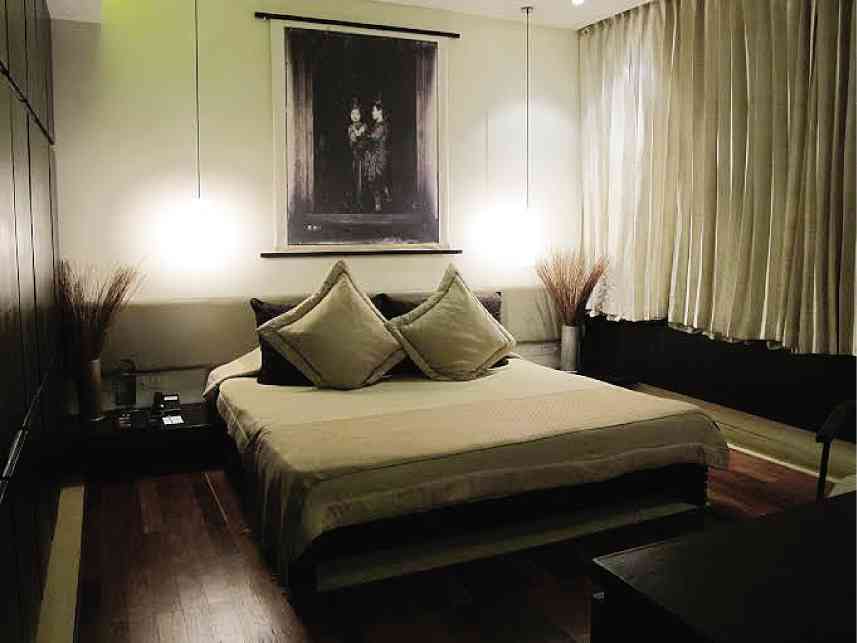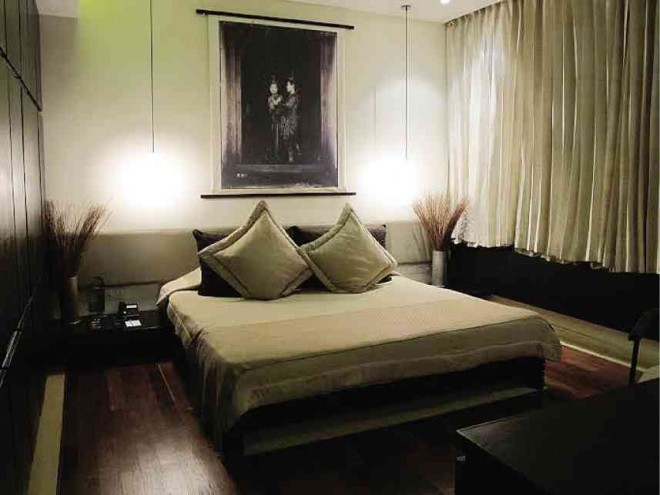
During an extended research trip to Phnom Penh, my favorite hangout was the Foreign Correspondents’ Club or the FCC.
Occupying a heritage building with airy interiors, the FCC offered patrons magnificent views of the sunset over the Tonle Sap River, where it merged with the great Mekong.
I loved sitting on a chair by the railings, contemplating the scene before me and pretending I was a hard-boiled journalist taking a much needed break from his dispatches. At that time, the far shore of the river was nothing but sandbanks and farm fields. Today, I imagine that things are no longer this way.
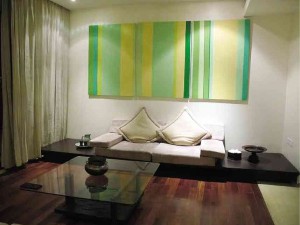
The FCC has its roots in the early 1990s when Phnom Penh, like all of Cambodia, saw an influx of foreigners who were working for the UN-led efforts to rebuild the country after the violence of the Pol Pot regime and the conflicts involving the United States, China and Vietnam.
The expats, including media people, sought a place to congregate and relax. A group of friends decided to set up the FCC.
Though wildly popular, it was an informal affair at first. Later, it was decided to register the name which eventually became associated with the leisure and hospitality properties that were managed by the Indochina Assets Ltd. company.
When I learned that FCC Angkor was opening in Siem Reap, I looked forward to visiting. Of course, as one wag liked to point out, the name was just marketing alchemy. The second FCC in Cambodia had certainly never been a club. Whatever correspondents one may encounter in the place would be on vacation and not breathlessly reporting to their editors.
Yet, I was unperturbed. I was willing to suspend veracity, so eager was I to relive the many pleasant hours I enjoyed back in Phnom Penh.
Home of French governor
I was not disappointed. The experience began, as they say, the very minute we arrived. As my friend and I stepped out of the airport, we were warmly greeted by the hotel driver. Then we were ushered into a cool car, offered icy towels and bottles of water, and whisked away from the crowd.
Very tired from our late-night flight, we lost no time in getting to bed.
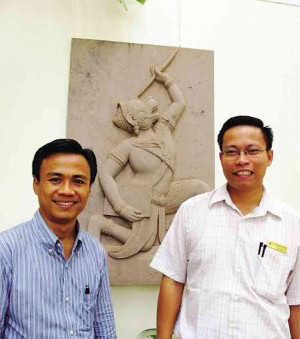
The next morning brought ample time to explore our surroundings. The FCC compound’s original 1930s main building used to be the holiday home of the French governor. Its sparse spaces and clean modernist lines set the tone for the renovation overseen by the Bali-based architect, Gary Fell.
The governor’s quarters were transformed into a dining area with a deck at the back. The newly installed lounge soon became one of the town’s top watering holes.
The guest rooms formed a quadrangle containing a pool and lush foliage. Many of the trees were enormous, suggesting that this area may have once been a jungle.
We were in a quiet but tony part of town. Next door was the residence of the king, his provincial home away from the bustle of Phnom Penh.
The luxuriant emerald of the carpet of grass contrasted with the austere bone-like hue of the corridor floors. The interiors of the chambers radiated an uncluttered elegance. The walls bore frames with bands of colors like green and yellow which were meant to evoke the many plants in the garden. There were also scrolls with vintage-style images of dancers.
Swimming pool
Every room had a couch right out front where one could loll, protected by incense from the abundance of insects. These insects were particularly bothersome at night when they would form twitching clouds around lamps. It became quite a challenge to dash into the room before any of the winged creatures could tag along.
It took some time for me to realize that the solution was simple: before opening the door, one had to shut the lights. The bugs would then fly off to plague some other well-illuminated person and one could enter in peace.
The quadrangle’s true centerpiece was the swimming pool. Composed of many shale tiles, its bottom shimmered in the sunshine. When I took an early morning dip, I found that the water, wonderfully lukewarm, was saline. As in many resorts and spas nowadays, a special salt powder had been added that was gentler to the skin than chlorine.

The FCC spa was separated from the rest of the grounds by louvered panels and a canopy of blossoming vines. Inside, everything was dim with a tranquility tinged with lemongrass.
My Ilonggo genes perked up when I noted that the spa’s name was “Visaya.” I half-expected to be met with bowls of steaming pancit molo instead of a placid cup of tea. I was contemplating possible connections to the Bacolod of my childhood, when the massage began and all was forgotten.
Somnolence descended, coaxed by the gentlest hands I have ever encountered. Too soon it ended and as I groped in the shadows, I was met by laughter. For, in my stupor, I had been trying to cram my huge feet into my masseuse’s tiny Angry Bird sandals!
Warmth
Beyond the resort’s minimalist vibe, I still discerned a few touches which were primordially Asian, even Cambodian. Painted an abstract white, an entranceway was blocked with a solid wall which forced people to turn left or right. This was a configuration that I had seen in buildings, from China to Bali. It was supposed to foil evil spirits whose powers, evidently, did not include walking sideways.
Peering at the long corridors forming the perimeter of the courtyard, I thought I could see the inspiration of Angkor Wat itself. But perhaps I was over-reading.
What was undeniable was that many local elements had been incorporated into the design scheme. These elements brought warmth to an otherwise cerebral environment.
Rooms had large mats of rice straw that were exactly like those in Cambodian homes. Their earthy, ripened textures provided an eloquent counterpoint to the polish of the terrazzo floors. Plaited mats were even used to soften both the brilliance erupting from the skylights.
The smallest details did not escape attention: the toothpick holders were modeled after ancient Khmer bells.
The man in charge of making sure that all these facilities were kept in good shape is Douglas Moean, an amiable hotelier from Burma (Myanmar). He related to me over dinner one evening how he began his career at The Strand, the venerable institution in Rangoon.
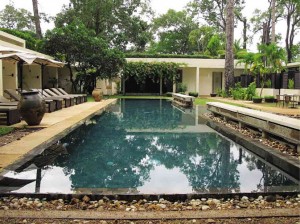
The Strand had just undergone a refurbishing by Adrian Zecha, who is now famous for his iconic Aman Resorts that helped to define luxury in the industry. Douglas later found himself working in other parts of Mr. Zecha’s empire. He readily acknowledged that his training with the Aman group was more rigorous than anything he would have undergone in a school.
Having moved to a Rangoon restaurant owned by the FCC’s mother company, he was later asked to help smooth operations in the fledgling Angkor property.
Though Douglas’ arrival in town was not too long ago, he pointed out that things were very different then. One had a sense of starting from scratch. Cambodia had been so ravaged by war that many of her people were unexposed to the global standards that the travel industry demanded. Fortunately, Douglas was quite ready for the job.
Talking of the future, Douglas remained upbeat. He reported that tourism in Siem Reap was growing by leaps and bounds. Authorities were expecting seven million visitors for 2014. This could only result in a tough, competitive field. As Douglas stressed, his job involved a lot of strategies to come up with ways to stay ahead of the pack.
Our discussion gave me plenty to ponder that night. I fell to thinking about what the FCC’s distinctive selling points were. After all, it could not boast of its counterparts’ attributes such as the colonial splendor of the Grand Hotel D’Angkor or the indigenous chic of La Residence.
It was after I had come back from a day of exploring the bewildering intricacy of the temples that I began to see the answer. Having spent hours scrutinizing ornately carved rock, returning to an oasis of simplicity was as refreshing as diving into a pool—a pool of the kindest water.

